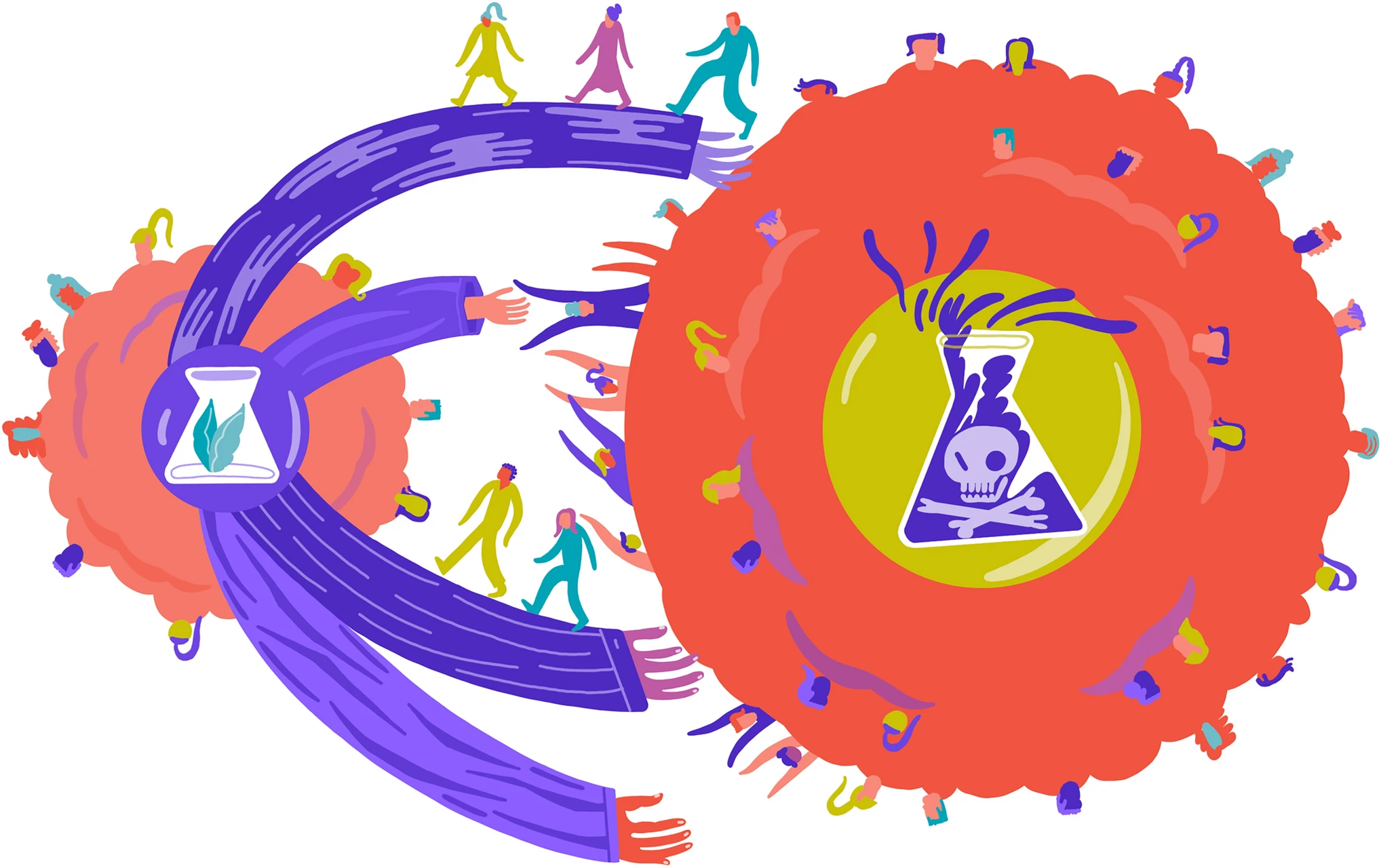Eggs, once a reliable and affordable staple in American kitchens, have become a luxury item as bird flu ravages poultry farms across the nation. This crisis extends beyond just breakfast tables, affecting restaurants, supply chains, and even politics, with rising prices adding to consumer frustrations about inflation.
The Soaring Cost of Eggs
The price surge has been dramatic. In certain areas, like Wisconsin, a carton of pasture-raised eggs can cost up to $10. Perhaps most striking is the comparison to gasoline—typically the benchmark for consumer price complaints—with eggs now costing $1.74 more per dozen than a gallon of gas. This unprecedented reversal has left many Americans reexamining their grocery budgets and food choices.
The impact reaches far beyond home kitchens. Major restaurant chains including Denny's and Waffle House have been forced to revise their menus in response to egg shortages and price increases. Meanwhile, grocery stores have implemented purchase limits on egg cartons to prevent hoarding and ensure more equitable distribution among consumers.
Bird Flu: The Culprit Behind the Crisis
The primary driver of this egg shortage is highly pathogenic avian influenza (HPAI), which has necessitated the culling of egg-laying hens across the country. Farmers have had to destroy infected flocks to prevent further spread of the disease, significantly reducing the nation's egg production capacity.
Beyond the immediate economic impact, there's growing public health concern. Nearly half of Americans worry about the possibility of bird flu mutating to cause human outbreaks. This anxiety is well-founded, as zoonotic diseases (those that jump from animals to humans) have been responsible for several major pandemics throughout history.
Political Implications and Response
The egg crisis presents a significant challenge for the Trump administration, which has only been in office for six weeks. While the bird flu outbreak predates his presidency, the administration's response has come under scrutiny. According to reports, mass government layoffs included an unspecified number of professionals working on the bird flu response—personnel who officials are now scrambling to rehire.
These layoffs, reportedly overseen by Elon Musk as part of broader government cuts, have been criticized as displaying "bureaucratic incompetence." Only about one-third of Americans express satisfaction with President Trump's handling of prices, suggesting political vulnerability on economic issues.
Leadership Questions
Further complicating matters is the appointment of Kyle Diamantas, described as a 37-year-old Miami attorney and hunting companion of Donald Trump Jr., as the acting deputy commissioner for human foods at the Food and Drug Administration. In this role, Diamantas is responsible for overseeing safety for 80% of the nation's food supply, including managing threats like avian influenza.
Critics question whether his experience qualifies him to address complex food safety challenges, particularly during a crisis of this magnitude. His LinkedIn profile has been described as "a study in brevity," raising concerns about his relevant expertise.
The Broader Impact
The egg shortage illustrates how disruptions in one sector can ripple throughout society. Beyond breakfast, eggs are crucial ingredients in countless recipes, condiments, and processed foods. The scarcity affects everything from aioli for french fries to Caesar dressing and Chick-fil-A sauce.
The situation has even led to unusual law enforcement activities, with border patrol agents confiscating smuggled eggs as price differences create incentives for black market trade.
Looking Forward
As the bird flu situation continues to evolve, Americans face continued uncertainty about egg prices and availability. The administration's ability to effectively address both the agricultural crisis and its economic fallout may significantly influence public perception of its competence in managing domestic affairs.
For consumers, adaptation remains the immediate response—whether through finding egg alternatives, adjusting recipes, or simply paying premium prices for this once-affordable protein source that has become, decidedly, no longer cheaper by the dozen.



.jpg)





